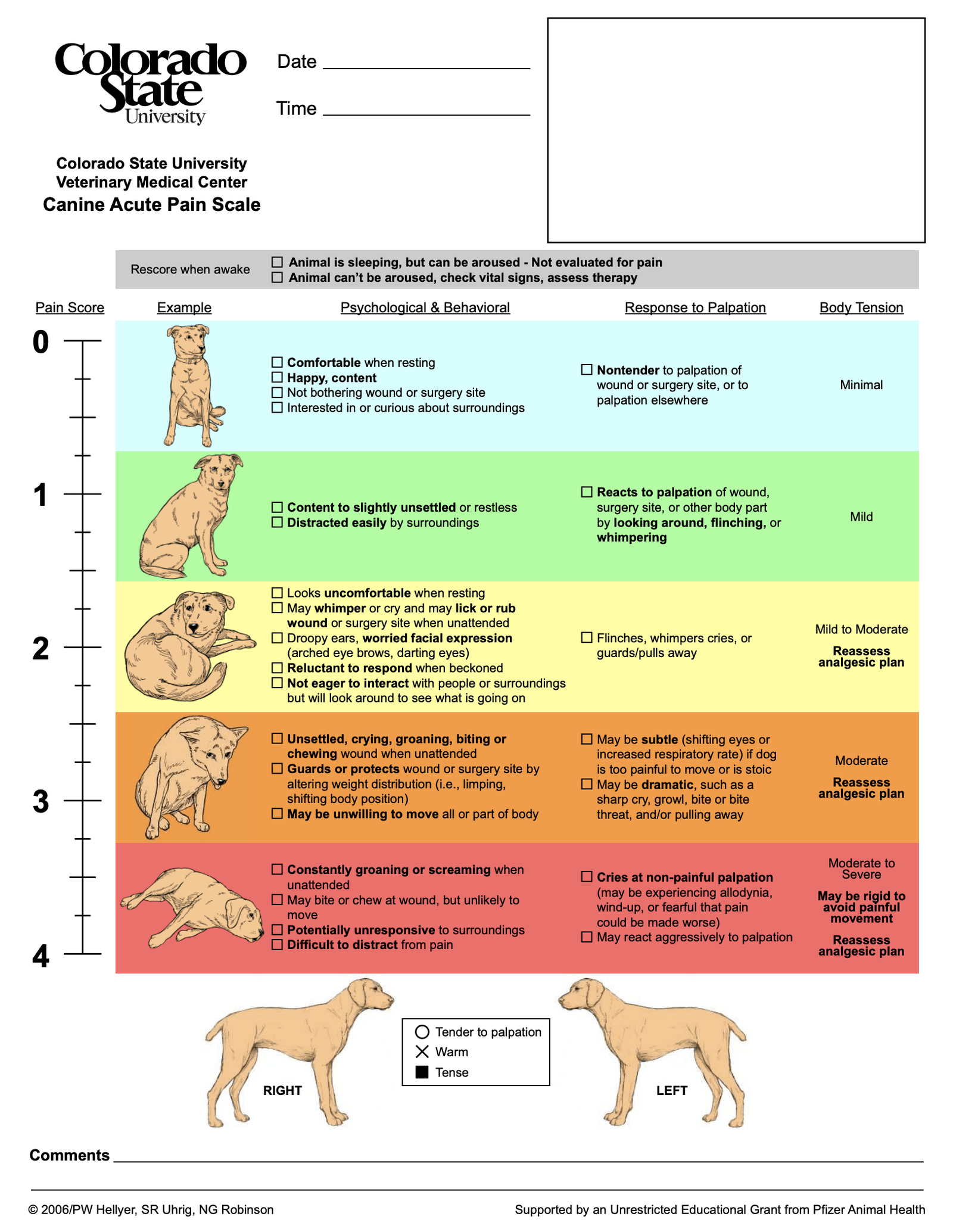Welcome to an informative article on how to recognize signs of pain in dogs. As a devoted pet owner, it is important to be able to interpret the subtle cues that your furry friend may be experiencing discomfort. By understanding and recognizing these signs, you can provide proper care and seek medical attention if needed. Let’s explore some common indicators that your four-legged companion may be in pain. Have you ever wondered how to tell if your furry friend is in pain? As a dog owner, it’s essential to be able to recognize the signs of discomfort or distress in your pet. Knowing when your dog is in pain can help you provide the necessary care and seek veterinary help when needed. In this article, we will discuss how you can recognize signs of pain in dogs and what you can do to help them feel better.
Understanding Pain in Dogs
Pain in dogs can be caused by various factors, including injury, illness, or aging. Unlike humans, dogs cannot communicate their pain verbally, making it challenging for pet owners to know when their dog is hurting. However, dogs exhibit certain behaviors and signs that indicate they are in pain. Understanding these signs can help you provide the necessary care and treatment for your furry friend.
Body Language
Dogs use their body language to communicate how they are feeling. When a dog is in pain, you may notice changes in their posture, facial expressions, and movements. Look out for the following signs of pain in your dog:
- Limping or favoring a limb: If your dog is limping or avoiding putting weight on a particular limb, it could indicate that they are in pain.
- Whimpering or vocalization: Dogs may whimper, whine, or yelp when they are in pain. Pay attention to any unusual vocalizations from your pet.
- Restlessness: If your dog is constantly moving, pacing, or unable to settle down, it could be a sign of discomfort.
- Guarding behavior: Dogs in pain may exhibit guarding behavior, such as growling or snapping when you try to touch a specific body part.
- Changes in eating or drinking habits: Pain can affect a dog’s appetite and thirst. Watch out for changes in your dog’s eating or drinking behavior.
- Withdrawal: Dogs in pain may become withdrawn, avoiding interaction with their owners or other pets.
- Excessive licking or grooming: Dogs may lick or groom a specific area of their body excessively in response to pain.
Physical Symptoms
In addition to changes in body language, dogs in pain may exhibit physical symptoms that can help you determine their discomfort. Take note of the following physical signs of pain in dogs:
- Swelling or inflammation: Swollen joints, limbs, or body parts can indicate pain and inflammation.
- Increased heart rate: Pain can elevate a dog’s heart rate. Monitor your dog’s pulse to check for any changes.
- Panting or heavy breathing: Dogs may pant or breathe heavily when experiencing pain or discomfort.
- Eye changes: Dilated or constricted pupils, redness, or squinting can be signs of pain in dogs.
- Changes in posture: A hunched back, arched neck, or tensed muscles may indicate pain in your dog.
- Skin changes: Hot spots, rashes, or abnormalities in your dog’s skin may be signs of underlying pain or discomfort.
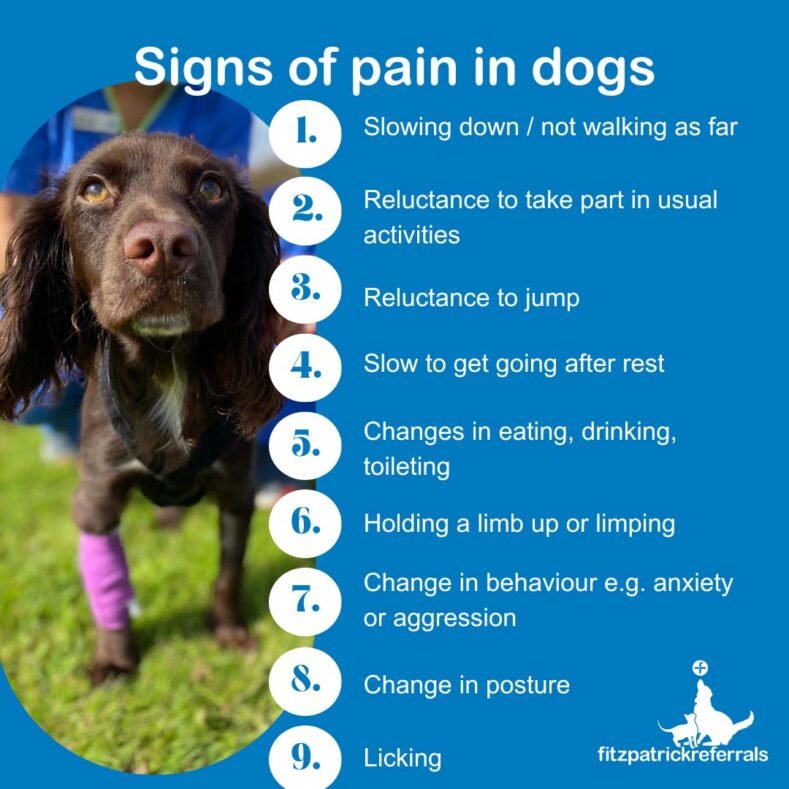
Common Causes of Pain in Dogs
Understanding the common causes of pain in dogs can help you identify when your furry friend may be experiencing discomfort. Dogs can experience pain from various conditions, injuries, or illnesses. Here are some common causes of pain in dogs:
Arthritis
Arthritis is a common condition in dogs, especially in older pets. It causes inflammation and deterioration of the joints, leading to pain, stiffness, and reduced mobility. Dogs with arthritis may exhibit symptoms such as limping, difficulty getting up or lying down, and reluctance to participate in physical activities.
Dental Issues
Dental problems, such as gum disease, tooth decay, or abscesses, can cause significant pain in dogs. Watch out for signs like pawing at the mouth, bad breath, drooling, or refusal to eat hard food.
Injuries
Dogs can experience injuries from accidents, falls, or rough play. Injuries such as fractures, sprains, or muscle strains can cause acute pain and discomfort in your pet. Look for signs of limping, swelling, or bruising after an injury.
Infections
Infections, such as ear infections, urinary tract infections, or skin infections, can cause pain and discomfort in dogs. Check for symptoms like redness, swelling, discharge, or odor from affected areas.
Digestive Issues
Digestive problems, such as gastritis, pancreatitis, or intestinal blockages, can cause abdominal pain in dogs. Watch out for signs like vomiting, diarrhea, bloating, or abdominal tenderness.
Cancer
Cancer is a serious condition that can cause pain in dogs. Tumors, growths, or metastasis can lead to pain, discomfort, and changes in your pet’s behavior. Seek veterinary attention if you notice any unusual lumps, bumps, or changes in your dog’s body.
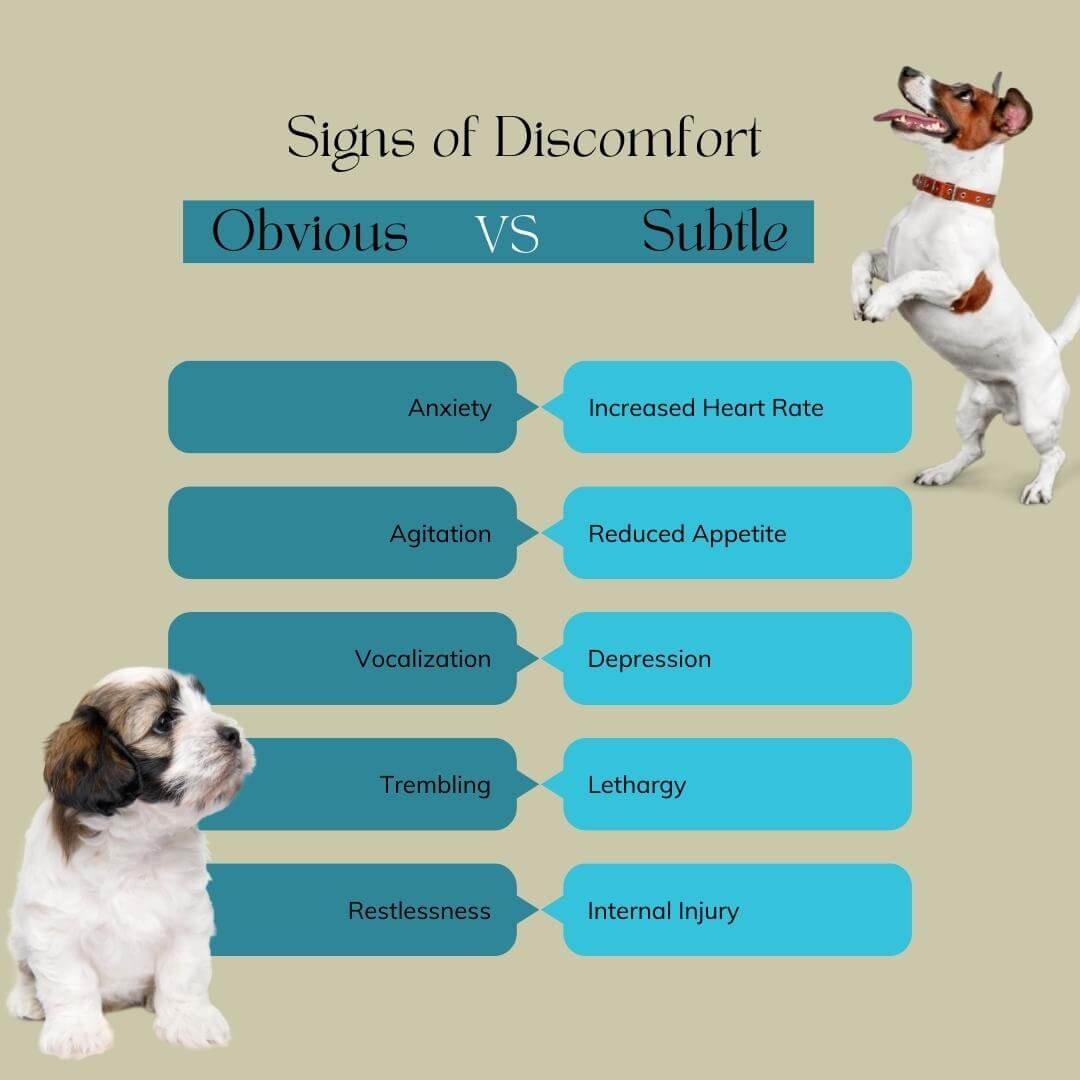
How to Comfort a Dog in Pain
When you suspect that your dog is in pain, it’s essential to provide comfort and support to help them feel better. Here are some tips on how to comfort a dog in pain:
Create a Comfortable Environment
Set up a comfortable and quiet space for your dog to rest and recover. Provide a soft bed, blankets, and cushions to help alleviate pressure on sore joints or body parts.
Offer Pain Relief
Consult with your veterinarian to determine the appropriate pain relief options for your dog. Medications, supplements, or treatments may be prescribed to help manage your pet’s pain effectively.
Provide Gentle Care
Handle your dog with care and gentleness when they are in pain. Avoid putting pressure on sore areas, and be mindful of your pet’s comfort and needs.
Monitor Their Behavior
Keep an eye on your dog’s behavior and symptoms to track their progress and response to treatment. Note any changes in your pet’s condition and report them to your veterinarian.
Seek Veterinary Attention
If your dog is showing signs of pain that persist or worsen, it’s crucial to seek veterinary attention promptly. Your veterinarian can assess your dog’s condition, diagnose the underlying cause of pain, and recommend appropriate treatment.
Show Love and Affection
Comforting your dog with love, affection, and attention can help alleviate their pain and distress. Spend quality time with your furry friend, engage in gentle activities, and reassure them with soothing words and gestures.
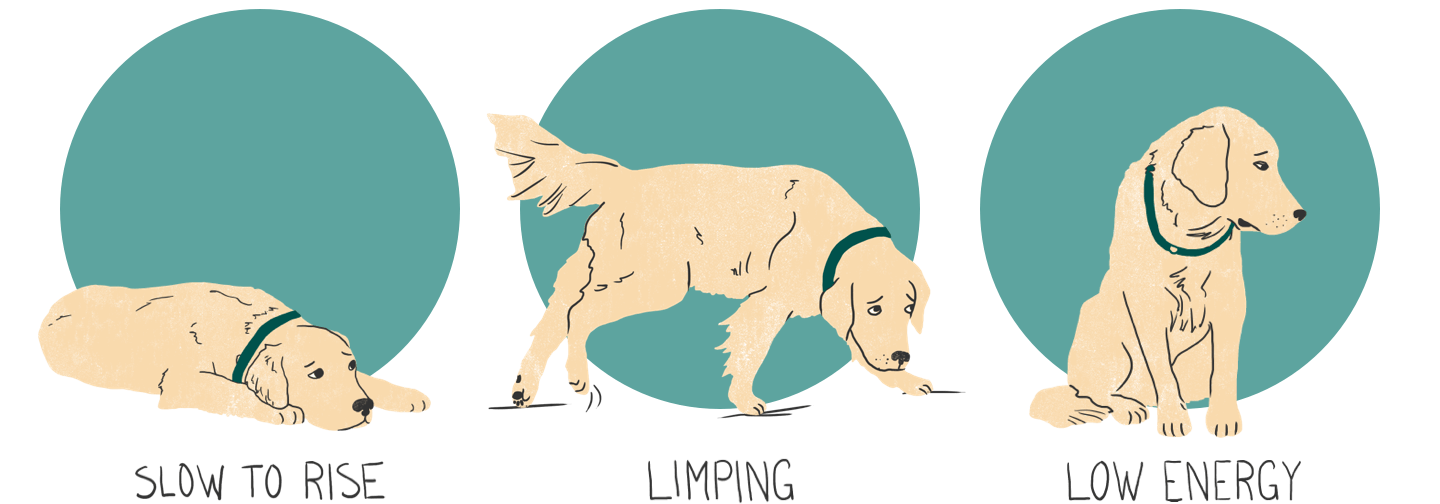
When to See a Veterinarian
If you suspect that your dog is in pain, it’s essential to know when to seek veterinary attention. Here are some signs that indicate you should see a veterinarian:
- Persistent pain: If your dog is in pain that persists for more than a day or two, it’s recommended to consult with a vet.
- Sudden onset of pain: If your dog experiences sudden, severe, or unexplained pain, seek immediate veterinary care.
- Changes in behavior: If your dog’s behavior changes significantly, such as aggression, lethargy, or decreased appetite, it may be a sign of pain or illness.
- Difficulty moving: If your dog has difficulty moving, climbing stairs, or standing up, it could indicate pain or mobility issues.
- Unusual vocalizations: If your dog is vocalizing in pain, whimpering, or crying out, it’s a clear sign that they need medical attention.
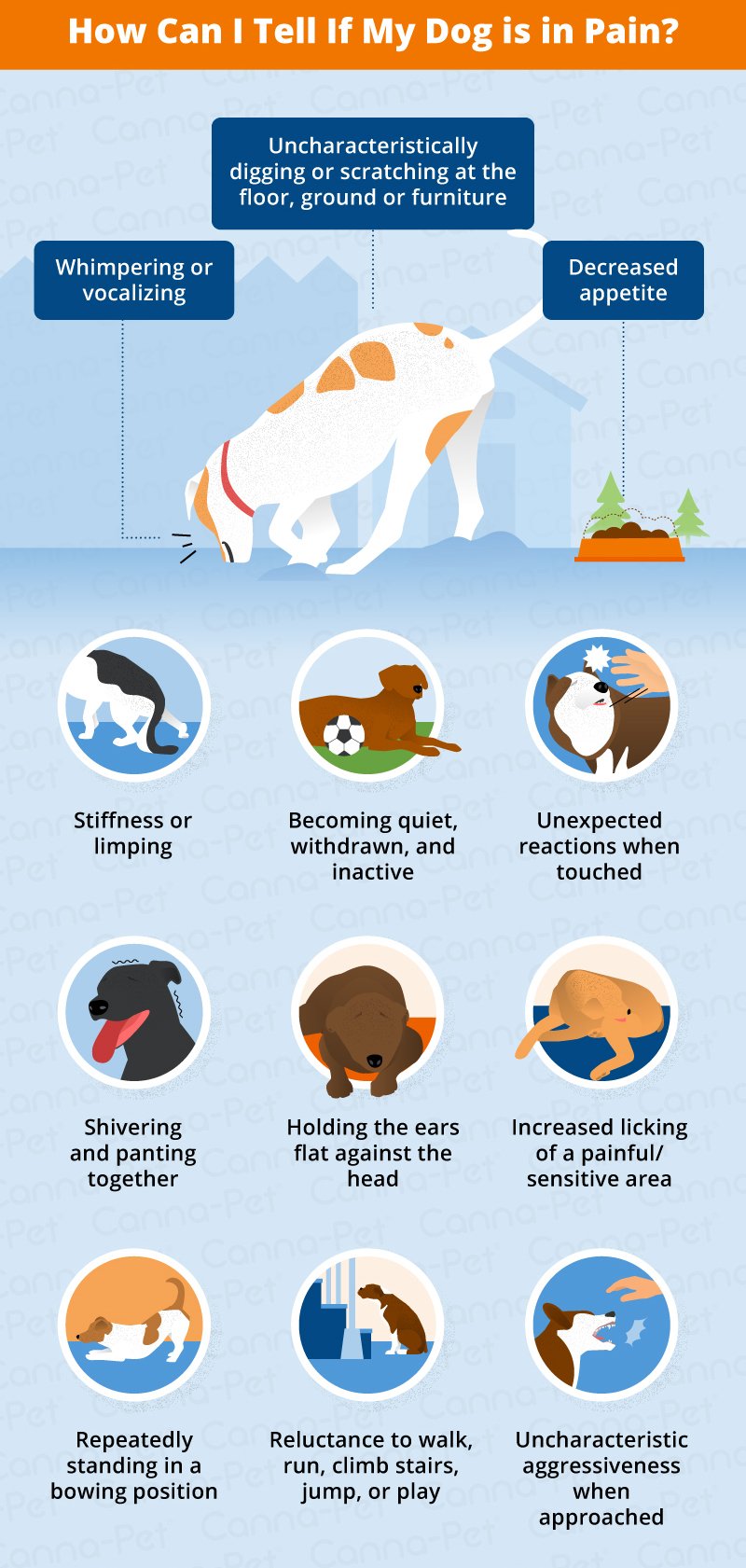
Conclusion
Recognizing signs of pain in dogs is essential for pet owners to provide appropriate care and support to their furry friends. By understanding the various signs of pain, common causes of discomfort, and how to comfort a dog in pain, you can better ensure the well-being and health of your pet. Remember to seek veterinary attention if you suspect that your dog is in pain, as early intervention and treatment can help alleviate your pet’s discomfort and improve their quality of life. Be attentive, compassionate, and proactive in caring for your dog’s health and well-being. Your furry friend will thank you for it.
